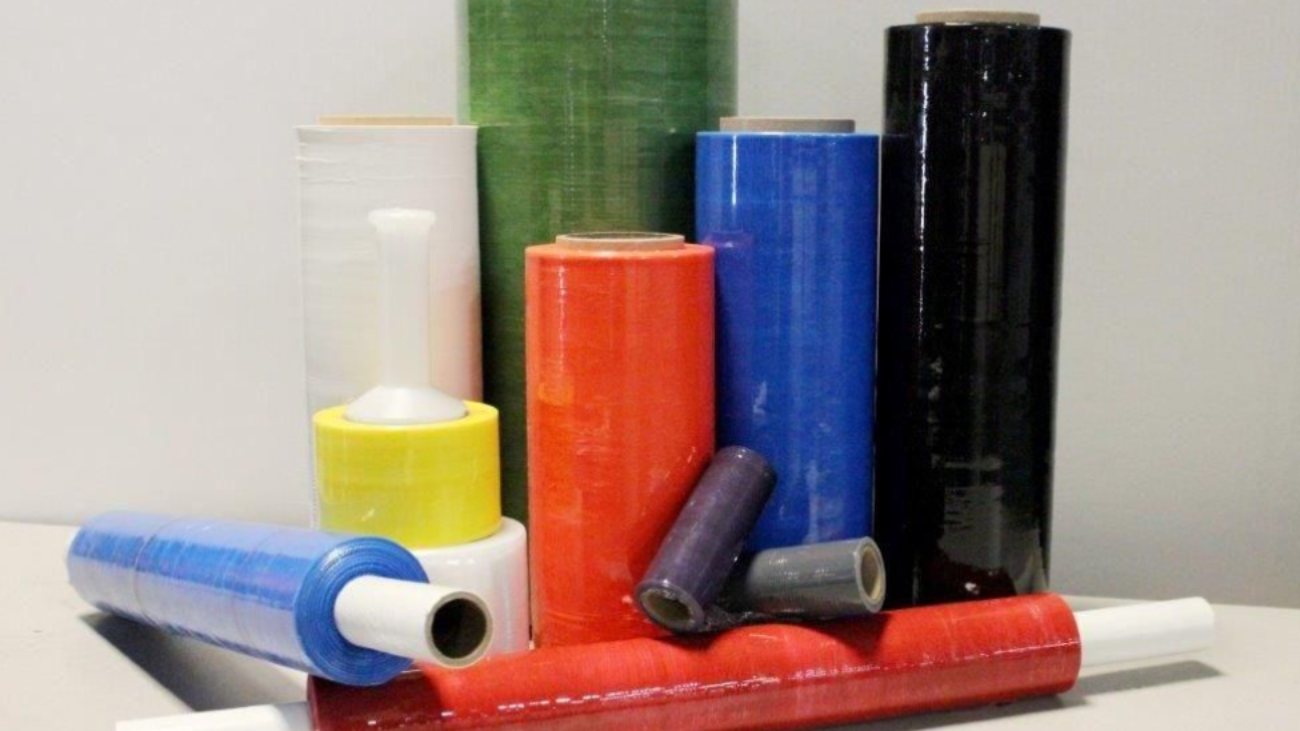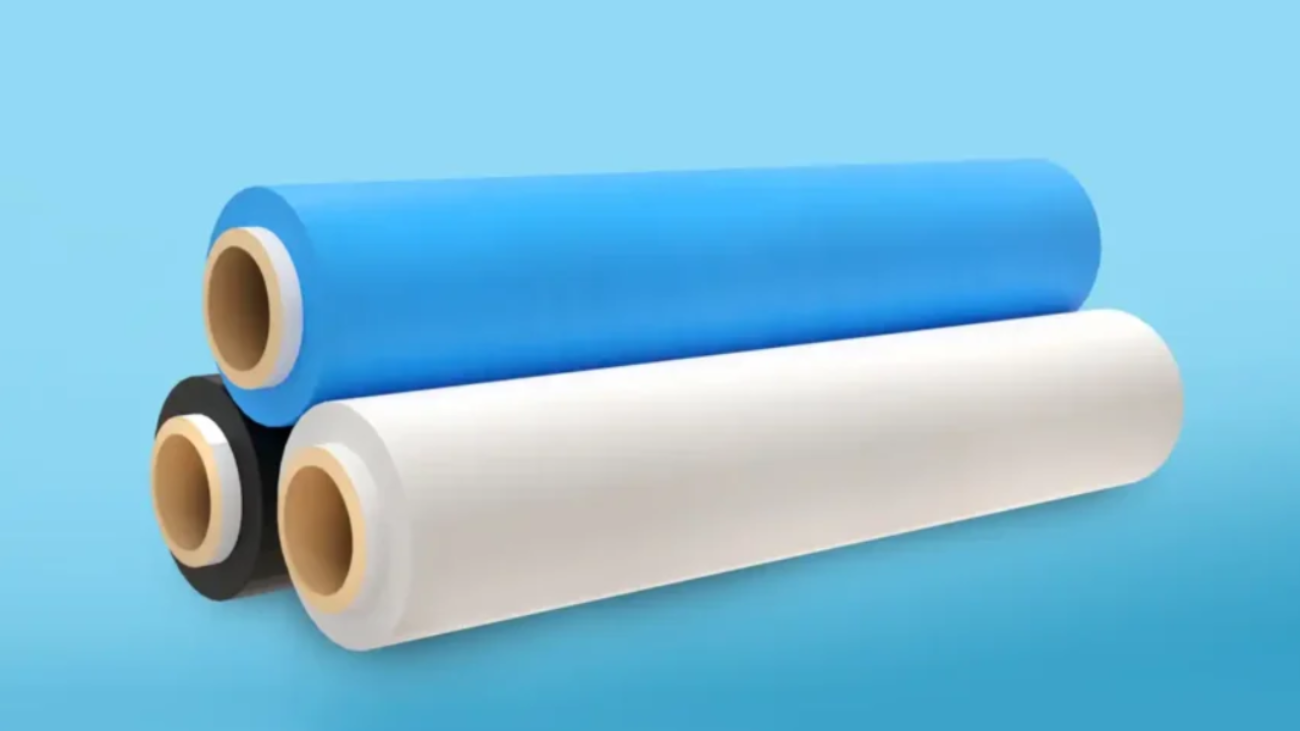In Today’s world, every business and company needs stretch film as the stretch film makes work easy for industries to pack their heavy load easily and make them waterproof and heat-resistant. Rohit Polymer Industries is the best Industry for your companies as we provide all sorts and sizes of stretch films and packaging products.
Stretch film is a common packaging material used in various industries today. It’s a thin and flexible plastic film that can be stretched around different shapes and sizes of objects to protect them during transit and storage. However, with so many options available in the market, it can be challenging to determine the best stretch film for your specific needs. In this guide, we’ll cover the key factors to consider when choosing the best stretch film for you.
- Material
Stretch film is typically made of two types of materials: polyethylene (PE) and polypropylene (PP). PE stretch film is the most common and economical option, and it’s suitable for most applications. PP stretch film, on the other hand, is more durable and tear-resistant, making it ideal for heavier or sharper products.
- Thickness
The thickness of stretch film is measured in microns (µm), and it ranges from 8 to 30 µm. The thicker the film, the more resistant it is to punctures and tears. However, thicker films can also be more expensive and may not be necessary for lighter or less fragile products.
- Stretchability
The stretchability of stretch film is measured in terms of its stretch ratio, which is the percentage of how much the film can be stretched before it breaks. The higher the stretch ratio, the more flexible and adaptable the film is to different products. A stretch ratio of 200-250% is suitable for most applications, but higher ratios may be needed for irregularly shaped or heavy items.
- Clinginess
Clinginess refers to how well the stretch film adheres to the product being wrapped. A high cling film sticks to the product better, reducing the risk of shifting or sliding during transit. However, high cling films can also be more challenging to handle and may require more effort to wrap around the product.
- Color
Stretch film is available in various colors, such as clear, black, and colored. Clear stretch film allows for easy identification of the product and is suitable for applications where visual inspection is necessary. Black stretch film provides UV protection and is ideal for products that are sensitive to light. Colored stretch film is often used for branding or identification purposes.
Based on these factors, the best stretch film for you will depend on your specific needs and requirements. For most applications, a PE stretch film with a thickness of 15-20 µm, a stretch ratio of 200-250%, and a moderate clinginess should suffice. However, if you have heavier or sharper products, a PP stretch film with a higher stretch ratio and tear resistance may be necessary.
In conclusion, choosing the best stretch film for you requires careful consideration of material, thickness, stretchability, clinginess, and color. By selecting the right stretch film, you can ensure that your products are protected and delivered safely to your customers.



